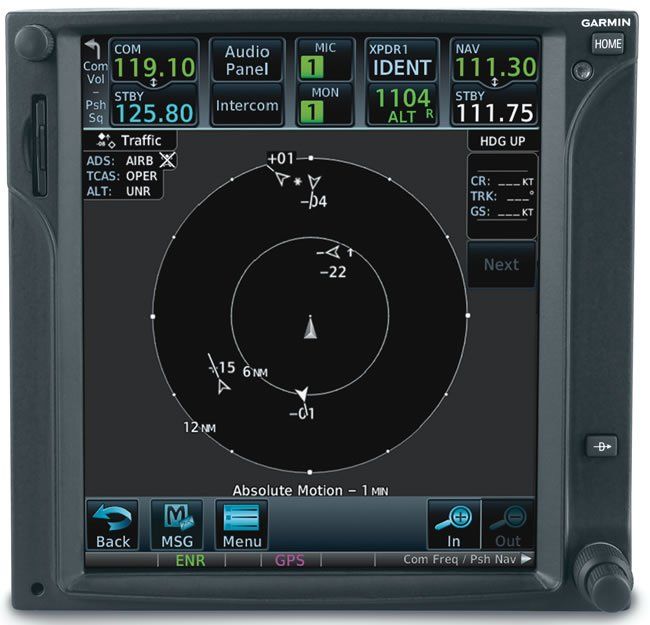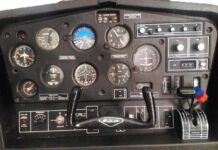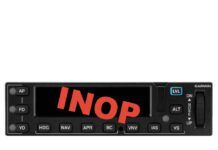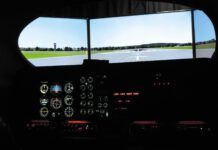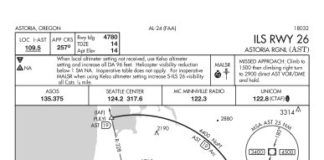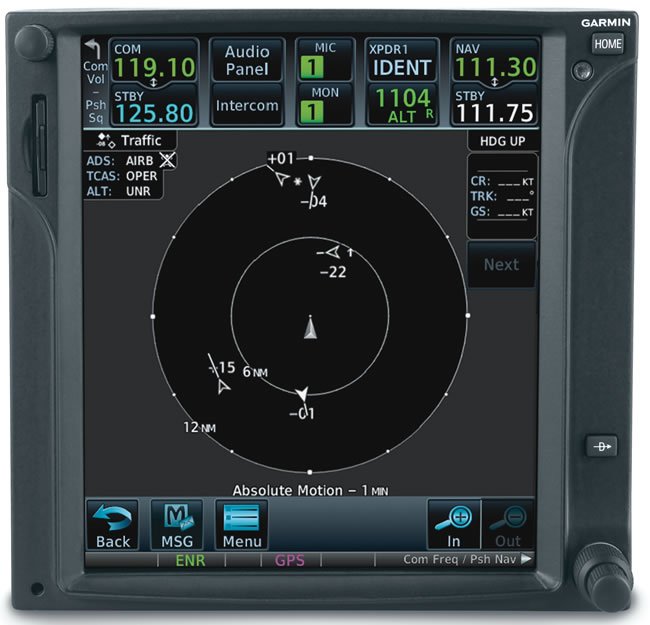
Naysayers tell us, “ADS-B Out does nothing for the pilot.” The faulty reasoning behind this statement is that ADS-B helps controllers, not pilots. Uh, hello? Anybody?
Everything controllers do and use helps pilots. We had this same argument with transponders. But we now get far more, far better service with one. I’m hoping this time we can skip the “I hate change” step, but it doesn’t look like it.
Most of us understand ADS-B Out features and functions pretty well—its benefits, not so much. We talked to Jessica Power, a member of the Equip 2020 Committee in Washington, to answer “What does ADS-B Out do for us?”
More accurate than radar, ADS-B Out reports your position, altitude and airspeed not once every six- or 12-second radar sweep, but every second. Controllers can offer better flight following and tighter spacing to increase traffic flow, reducing or eliminating delays.
ADS-B In’s TIS-B feature sees more traffic with more ADS-B Out aircraft. For example, your Stratus or Garmin Pilot TIS-B can piggyback off another aircraft’s ADS-B Out TIS-B request. This is good, but still less accurate and less complete than if you had your own ADS-B Out. The same is true of the air-to-air function that picks up TIS-B transmissions from ADS-B Out aircraft and plots them on your screen. Bottom line: More participants yields better service for everyone.
You’ve heard of that golden hour during which rescued crash victims have the highest chance of survival? Well, ADS-B has such high integrity and accuracy, telling ATC your position once every second, that rescuers will have a much smaller search area than with ELTs. You might find that to be rather important if your clock starts ticking.
Another benefit of ADS-B Out is that 978 MHz UATs offer much better coverage than radar because of the FAA’s 650+ ground stations. This means that ATC can offer us services at altitudes as low as 500 feet in many areas where radar coverage is unavailable.
We now share airspace with unmanned aerial vehicles. With ADS-B it’ll be much easier to see and avoid these tiny little buggers.
As more aircraft equip, NextGen’s fuel-, time- and noise-reducing tools will kick into overdrive. ADS-B Out targets will feed advanced routing algorithms to help aircraft flow more efficiently through heavily-used airspace. New computer optimization will provide routes around bad weather with minimal off-route disruption.
Adoption rates are always a challenge. Say you were the first person ever to have a telephone. Who ya gonna call? But eventually just about everyone gets one and it’s all good. Even today’s 10,000 equipped aircraft are below the critical mass needed to demonstrate the full value of NextGen. Many owners hope there will be a reprieve. That’s false hope. There’s absolutely no indication of any slack in the 2020 deadline.
The infrastructure and facilities work. Owners who procrastinate deny themselves a state-of-the-art service that offers the most timely, accurate and comprehensive traffic picture aviation has ever imagined. ADS-B Out puts you in that picture.

